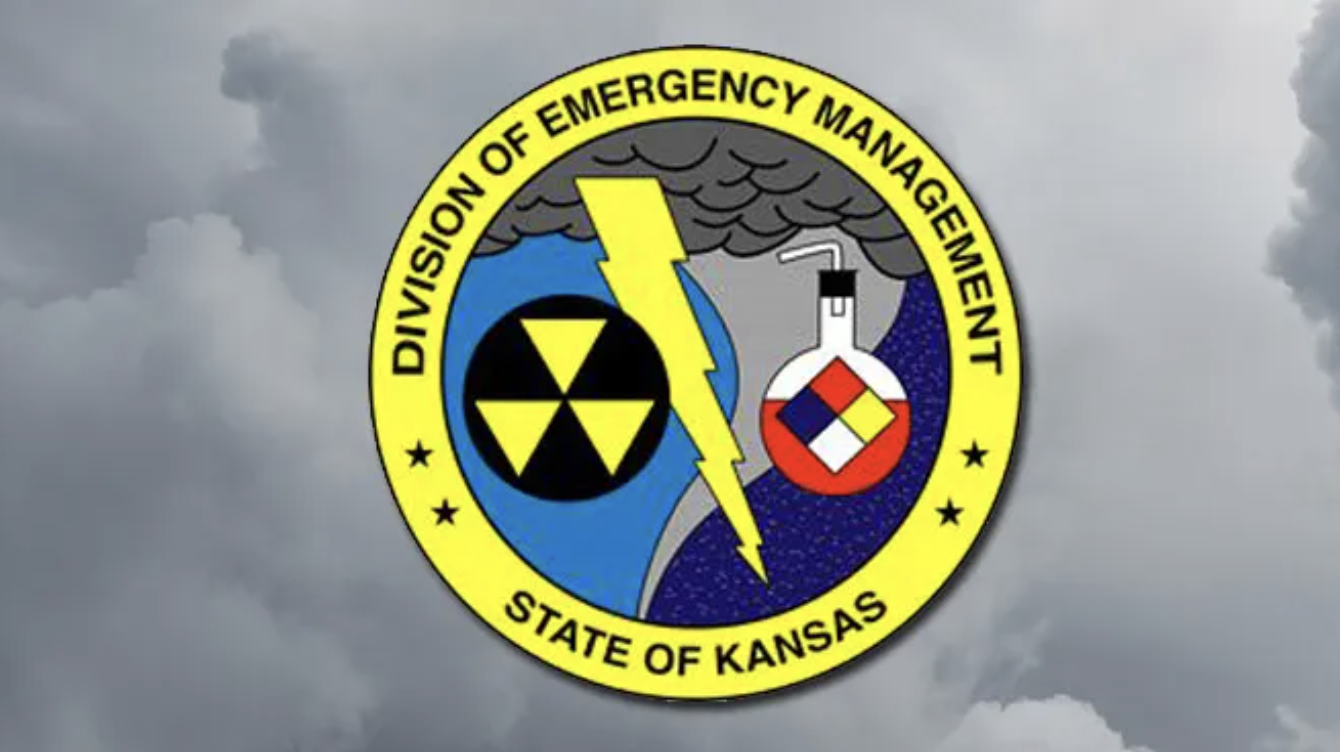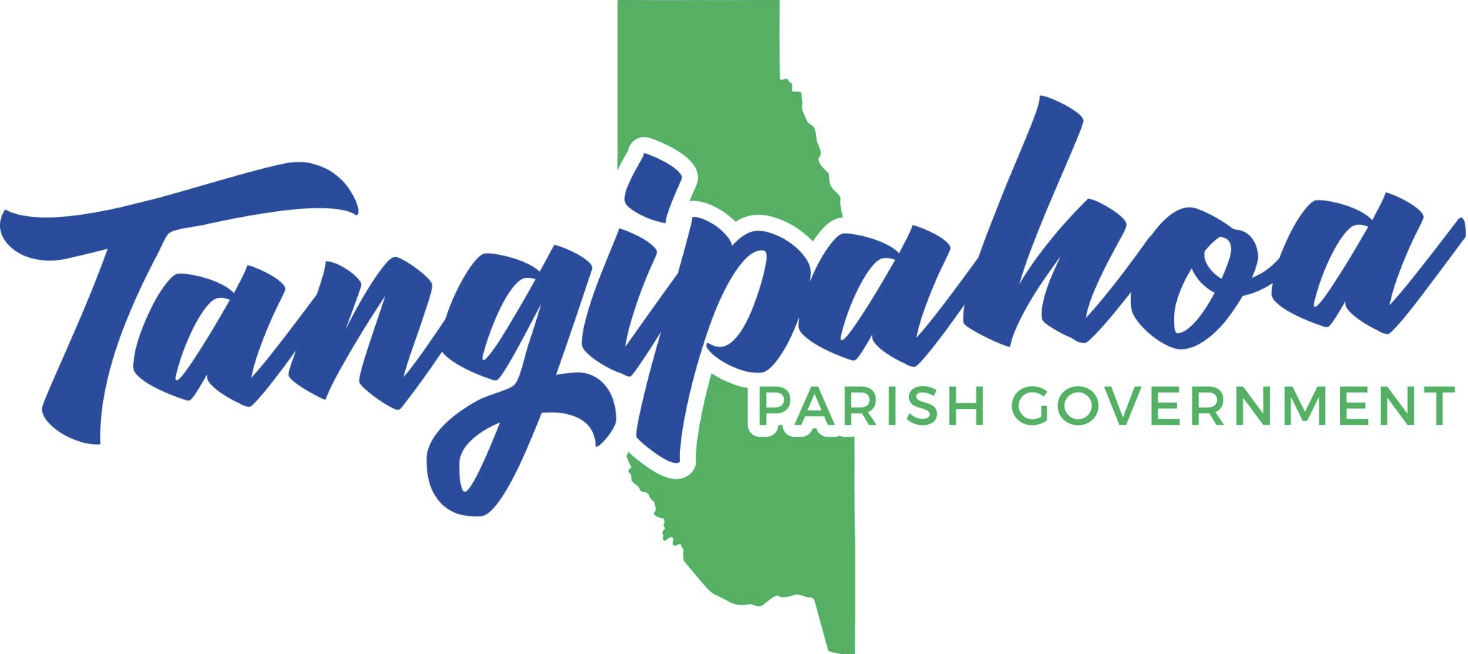In this blog post, Juvare’s Lisa Teel covers the importance of budget season for emergency management professionals at educational institutions and how to identify budget necessities.
Budget Season for EM Professionals
There are numerous articles and conference sessions devoted to building, configuring, and improving EM programs. However, the budget allocated to EM expenditures, while seldom discussed, always seems to be the defining measure that can make or break our efforts. We can talk about building and improving all day long, but, without proper funding, many of our goals will never be fulfilled.
January is the beginning of “budget season” for many emergency managers in the education sector, as well as EM professionals in state and local government. It’s the time of year when we start thinking about how departmental funds should be distributed and begin compiling our EM “wish list”—an inventory of the resources that we know would be extremely beneficial for our organizations but may require a compelling explanation in order to be granted budgetary approval. Acquiring the funds necessary for new technologies, supplies, and personnel to help our programs grow and keep our stakeholders safe depends on deliberately creating our budgets and carefully distinguishing the well-established and comparatively self-explanatory necessities from the wish list items that will likely require additional effort and evidence to obtain.
Identifying the Necessities
Before you start to assemble your budget wish list, you have to consider the necessities—the must-have supplies, appliances, and human resources that form the foundation of your EM program. These line items require explanation but should have precedent in budgets from previous years. Many of them may entail recurring expenses as well. Examples include baseline emergency notification systems, essential utilities, and key personnel.
You should also consider what maintenance and equipment upgrades are critical for your program. Do you have a timeline for replacing out-of-date equipment, and have you built those costs into your yearly budget? It is vital to ensure that your department’s crisis response toolkit and physical emergency operations center (EOC) remain current and fully functional. Look into what resources may be up for replacement—things like phones, radios, antennae, lights, alarms, and speakers. Then, after you’ve finished cataloguing the necessities, you can begin developing your budget wish list.
Improvement Through Gap Analysis
A gap analysis is a system that compares how an organization works now with how it would like to work in the future and then calculates how that organization can use time, money, and other resources to achieve its priorities. In other words, a gap analysis is a framework for assessing how your organization performs currently or has performed in the recent past in light of its potential performance.
The primary goal of a gap analysis is to identify areas that would benefit from improvement. As we’ve seen, “budget season” at the beginning of each year is the perfect time to explore the different ways you and your team can resolve preexisting barriers, obstacles, or pain points.
Corrective action outcomes from exercise and incident after-action reports (AARs) are an excellent place to start the gap analysis process so you can quickly single out the challenges your department has faced. Is there a pattern showing where bottlenecks or pain points tend to reappear? Are there any barriers that occur less frequently but could prove particularly difficult to surmount should they arise?
As you review your department’s AARs, think first about the essentials. Over the last year, what obstacles did your program have to overcome during normal operations or when responding to emergencies with the resources you currently have? Can you tie major successes to investments you made last year? Are there ways to optimize your existing investments to solve any gaps?
Once you determine what challenges can be addressed using line items that already have precedent in previous annual budgets, it’s time to think creatively. Are there certain gaps that the technologies, supplies, and personnel you have available may be unable to cover? Be sure to keep your prospective budget wish list in mind while you’re auditing your exercise and incident records to determine if any of the items you’re considering may have the power to make a key difference going forward.
Let’s say that, during your gap analysis, you single out inter-departmental communication as an area where improvements can be made. We all know that emails, texts, phone calls, and other notification systems help deliver critical messages to stakeholders, but sometimes these channels alone may not be enough to support the real-time collaboration you need. Would a virtual incident management system be able to facilitate instantaneous multi-channel collaboration? Would it also ensure that personnel stay on task and complete corrective actions in a timely manner?
If so, how can you convey the benefits of a new expenditure like investing in a virtual incident management system to members of your organization from other departments? Consider incident scenarios that highlight potential preparedness and response gaps to support the addition of top-priority wish list items to your official budget proposal.
The final stages of a gap analysis are the right time to start considering how your internal stakeholders will view the challenges you’ve identified and the solutions you’ve proposed. By taking their perspectives into account, you’ll glean valuable insights that will in turn allow you to secure their buy-in during the next stage of the budgeting process. If you’re reading this article, you are likely an EM practitioner or expert. It’s important to consider how a non-expert would react to your gap analysis.
Certain line items on your budget wish list may have the ability to improve how your organization prepares for, responds to, and recovers from critical events. A gap analysis is an indispensable step in determining what those line items may be. In the following sections, we’ll address how you can turn your prospective wish list into an actionable budget proposal.
Making Your EM Budget Wish List
This is the fun part of budgeting—making your emergency management wish list. As we discussed at the beginning of the article, a wish list is an inventory of new resources that you recognize would be valuable to your organization’s preparedness and response efforts but may require a compelling explanation for them to be accepted into your final budget.
You can develop your wish list from a number of sources. Here are just a few examples:
- The AARs from previous exercises and incidents that you’ve incorporated into your gap analysis.
- Conferences and workshops you’ve attended. Are there any EM technology or supply vendors you’ve met and would like to follow up with?
- Best practices and trends that you’ve read about in case studies or white papers from comparable organizations.
- Tours of emergency operations centers at other educational institutions.
- Collaboration with colleagues. Are there any college or university EM professionals who may have experience with and insights about particular wish list items?
When compiling your wish list and prioritizing the items you’ve identified, ask yourself the following question: “How can this investment help our program become more efficient, responsive, capable, and better trained when it comes to managing incidents and events on campus?” Being able to provide a carefully considered answer to this question is key to the approval process, so be sure to research each item extensively.
Understanding Your Budgeting Process
Before you present your budget proposal, it’s essential to consider the rules of the budgeting process and the stakeholders involved. Try to map out the steps you need to take, especially if you’re new to an organization or have only recently become responsible for determining some or all of your program’s investments. Even if you’re well established in your current role, there’s always the possibility that some steps might have changed since you received approval for your last major expenditure, so it’s always a good idea to verify what they are now.
Understanding the priorities of the individuals who will take part in each step of the budget submission and approval process is especially important this year as organizations prepare for a potential recession. Here are a few strategies that may be worth pursuing:
- Speak with other individuals at your institution who have secured similar investments within the last year. Even if they happen to belong to a separate division, learning about their budgeting experiences can still be extremely valuable.
- Identify the decision makers who will be assessing the trade-offs between the investments you propose and other priorities. This will help ensure that your proposal can anticipate and address their primary concerns.
- Engage with colleagues who would benefit from your investments so they can proactively advocate for your project before the budget discussions officially begin. This sort of engagement merits caution, though, because some organizations may prefer to keep specific budget discussions confined to the most immediate stakeholders. Ask colleagues who have successfully secured investments in the past to determine whether or not this approach is advisable.
Securing Approval
Once you’ve created your wish list and determined the key steps and decision makers involved, it’s time to work on securing approval. As we’ve seen, the defining characteristic of wish list items is that they are distinct from the “essential” resources you currently have at your disposal. I don’t mean to imply that wish list items aren’t essential—they very well may be. However, because wish list items don’t have precedent in previous annual budgets, you will likely need to provide additional information to illustrate what makes them essential to stakeholders from other segments of your organization.
To help your department’s budget approval process go as smoothly as possible, be sure to include a justification for each wish list item in your formal submission using the information you’ve gathered through research about the investment. Each justification should be designed to addresses the obligations and expectations of the leadership team responsible for approving the budget. If the format of your proposal allows it, try to organize your wish list with the highest priority items at the top. Setting attainability goals can increase your chances of gaining buy-in for new investments.
Lastly, it’s important to remember your audience. Some stakeholders may want you to describe why you’ve included each item on your wish list in detail, but others may prefer a more concise explanation. If a stakeholder asks you directly why something is important, be ready to provide a one- or two-sentence “pitch” that will allow you to transition into a more thorough answer if necessary.
Budgeting Can Be fun!
If done thoughtfully and strategically, budgeting can prove to be an enjoyable learning experience as well as an important step in providing for the safety of students, faculty, staff, alumni, parents, and visitors. Understanding the needs of your EM department and your institution as a whole is essential to obtaining the new resources you’ve proposed in your budget in addition to the essential ones you already have available. This time of the year is an opportunity for you not only to envision your program’s future but to make it possible.
Lisa Teel is Juvare’s Client Success Manager for educational institutions. In her role, she helps cultivate and grow relationships with clients to ensure that they get the most from their Juvare solutions. Lisa graduated from the University of Oklahoma with a Master of Arts in Leadership and Administration and has 23 years of emergency management experience. She’s also a huge fan of college sports!


















